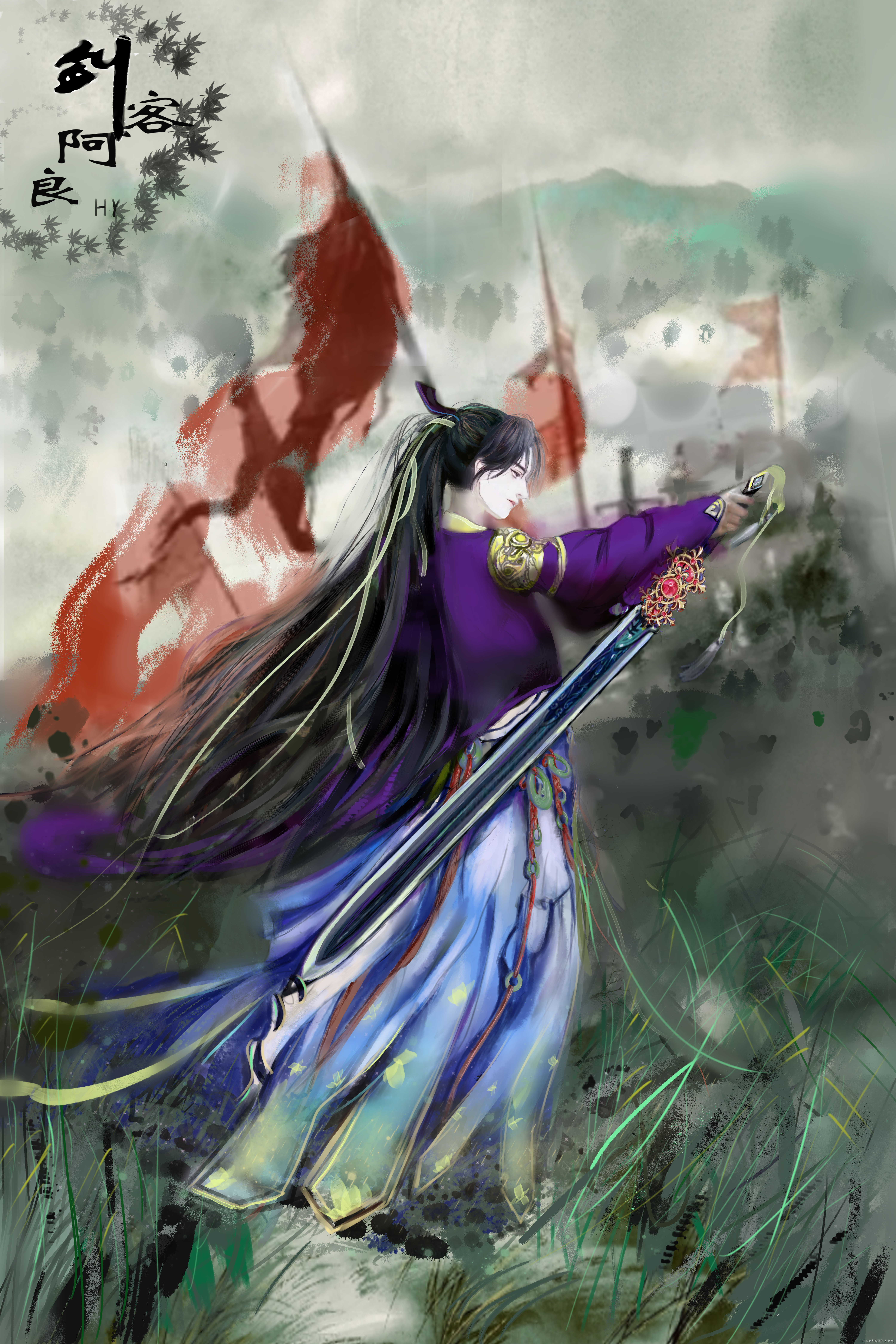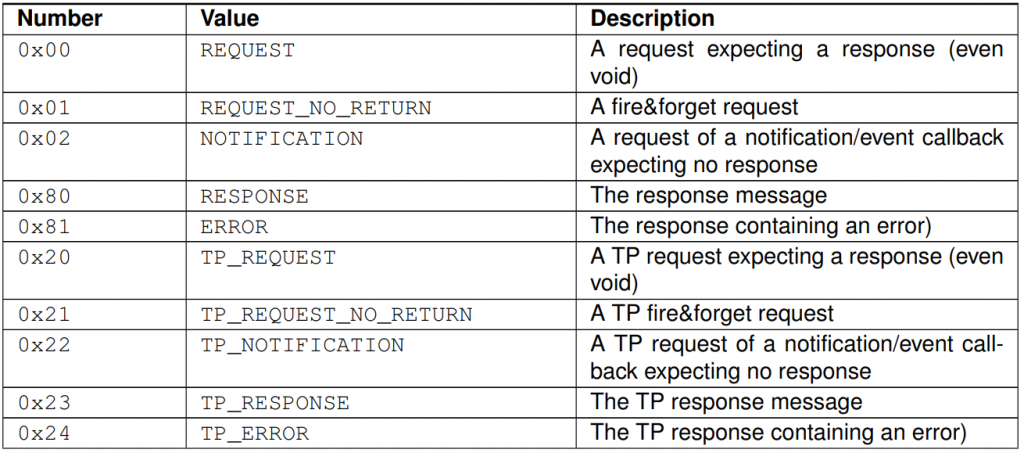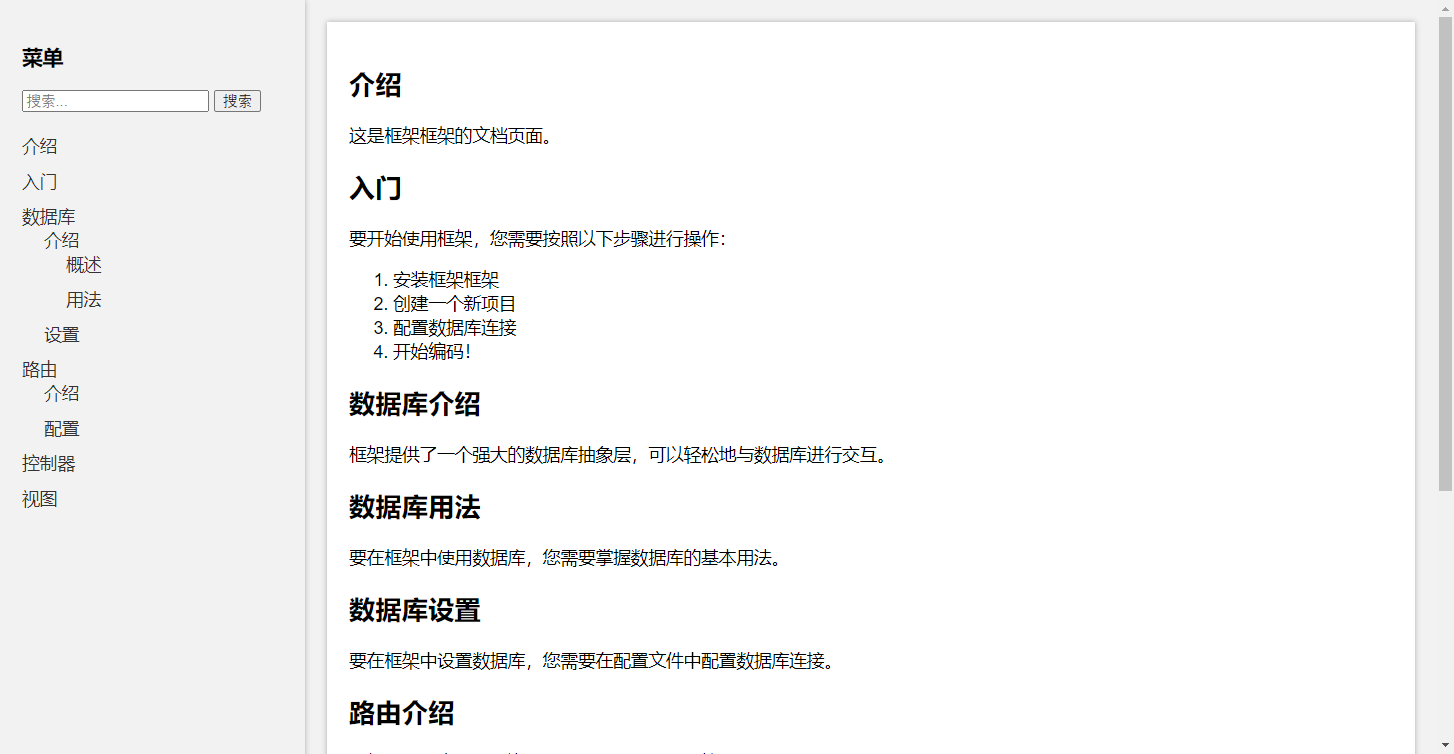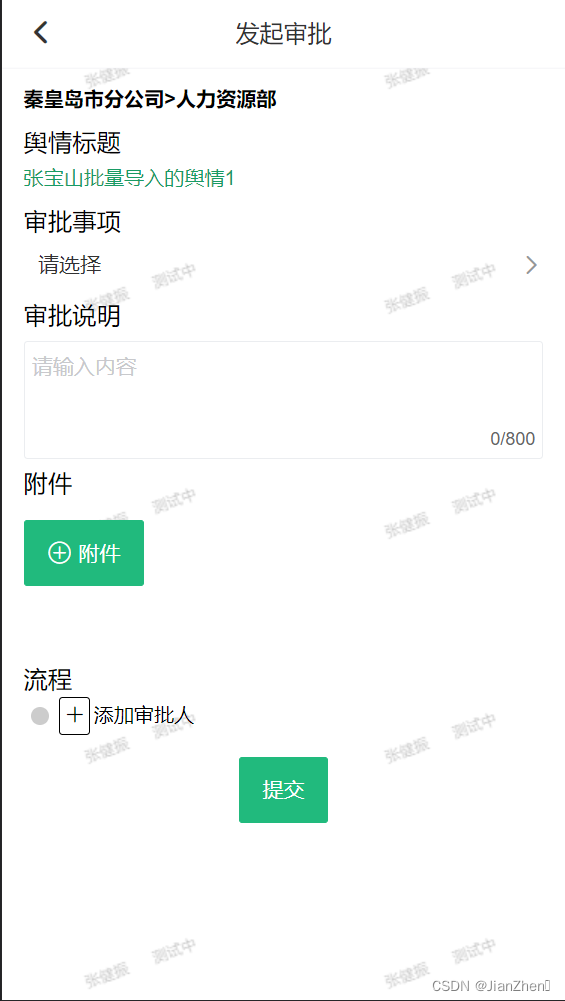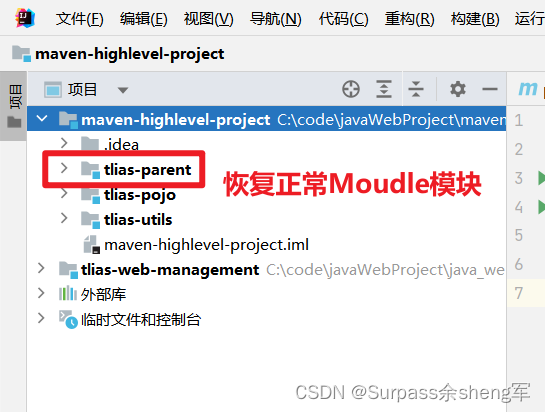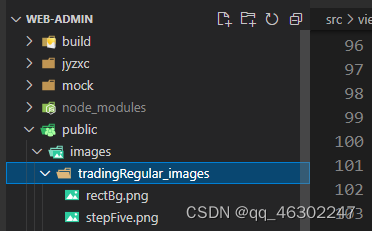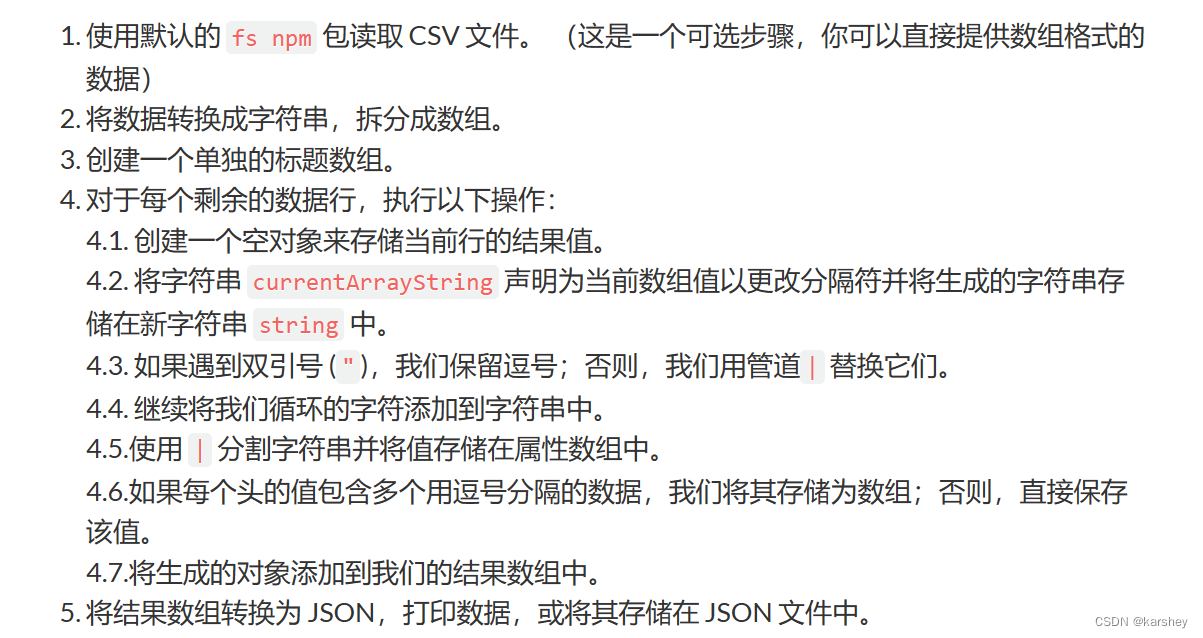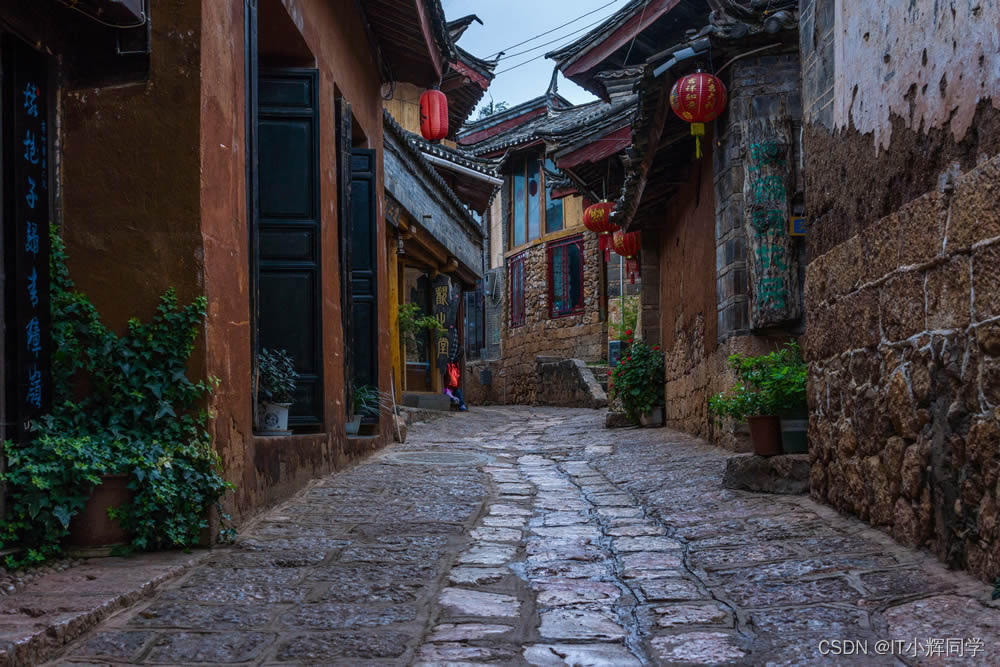
在Vue.js中,scoped 是一个用于样式的修饰符,它用于限定样式的作用范围,使得样式只在当前组件的作用域内生效,而不会影响到父组件或子组件的样式。这个特性通常用于解决 CSS 样式污染的问题,确保样式只会影响到当前组件的 DOM 元素。
Scoped 样式的基本用法
在Vue组件的<style>标签中使用scoped属性,可以将样式限定在当前组件的作用域内。示例代码如下:
<template><div class="app"><h1>Vue Scoped Styles</h1><button @click="toggleColor">Toggle Color</button><p class="global-style">大家好,我是IT小辉同学!!!</p><p class="scoped-style">希望与大家一起学习,成长!!!</p></div>
</template><script>
export default {data() {return {isRed: false,};},methods: {toggleColor() {this.isRed = !this.isRed;},},
};
</script><style scoped>
/* Scoped styles */
p {color: blue;
}/* Global styles */
.global-style {font-weight: bold;
}/* Conditional styling */
.scoped-style {color: red;
}
</style>
在上面的示例中,<style scoped> 标签中的样式只会应用于当前组件的<p>元素,而不会影响到全局样式或其他组件中的元素。
示例1:条件样式绑定
<template><div><p :class="{ 'red-text': isRed }">热爱,就要坚持,勇往直前!!!</p><button @click="toggleColor">相信梦想!!!</button></div>
</template><script>
export default {data() {return {isRed: false,};},methods: {toggleColor() {this.isRed = !this.isRed;},},
};
</script><style scoped>
.red-text {color: red;
}
</style>
上面的示例中,<p> 元素的样式会根据 isRed 变量的值而改变。这个样式只会影响到当前组件的<p>元素,不会影响到其他组件。
示例2:组件嵌套
<template><div><h2>把我的故事讲给你听。。。。。。</h2><child-component></child-component></div>
</template><script>
import ChildComponent from './ChildComponent.vue';export default {components: {ChildComponent,},
};
</script><style scoped>
h2 {color: blue;
}
</style>
在这个示例中,父组件的样式只会影响到父组件内的元素,而不会影响到子组件 ChildComponent 内的元素。
示例3:深度选择器
在Vue中,你还可以使用 ::v-deep 或 /deep/ 伪类来影响子组件中的样式。这是一个例子:
<template><div><h2>希望我们都能够勇敢一些。。。。。。</h2><child-component></child-component></div>
</template><script>
import ChildComponent from './ChildComponent.vue';export default {components: {ChildComponent,},
};
</script><style scoped>
::v-deep h2 {color: blue;
}
</style>
这会影响到子组件 ChildComponent 中的 <h2> 元素的样式。
上面几个示例都非常详细的帮助大家了解了一下怎么使用scoped,以及其作用。scoped 样式是Vue.js中用于隔离组件样式的一种非常有用的特性,可以确保组件样式不会影响全局样式或其他组件,从而提高了代码的可维护性和可重用性。希望大家可以经常使用,同时,深入了解!!!

